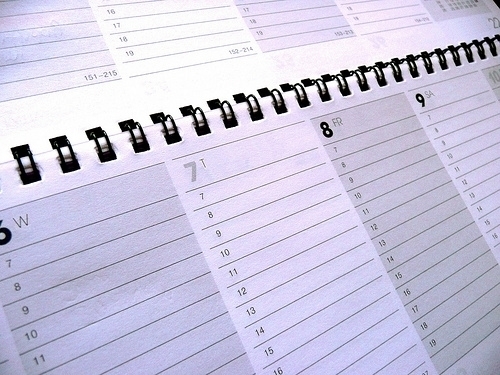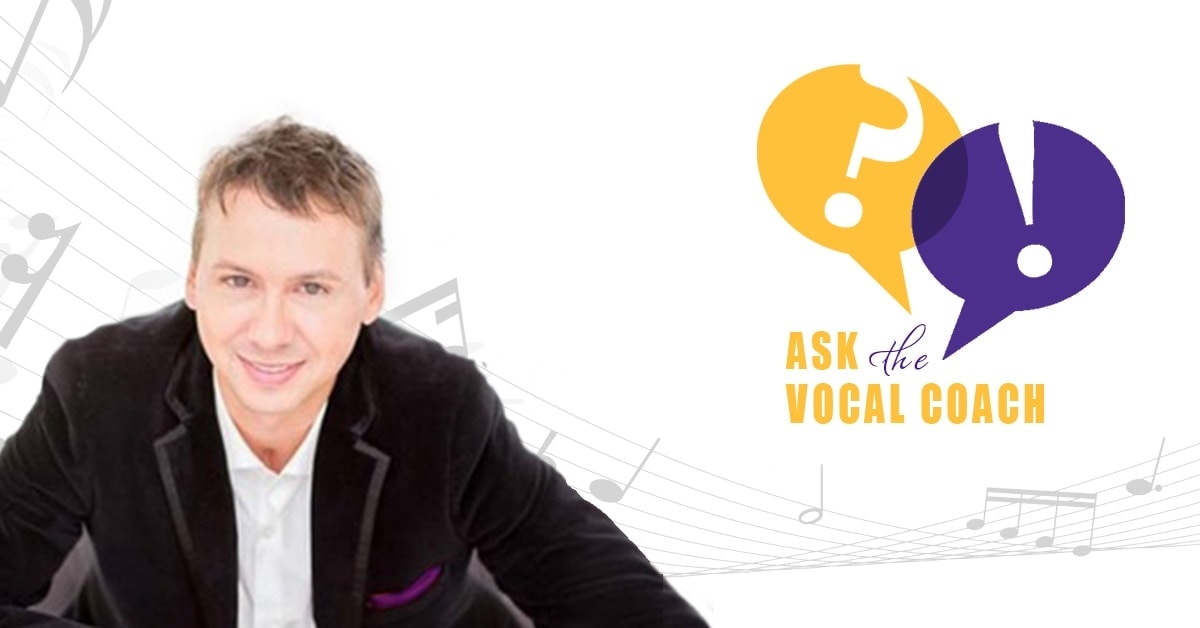Question About Pitchiness in a Foreign Language
I received this insightful question from Jared in a comment on my post about being pitchy, and I thought is was definitely worth sharing with the group.
Your Question
You mention diction as being a potential problem when it comes to pitch. Does this mean, for instance, that a singer who is attempting to sing in another language that he/she cannot pronounce very well, it can cause slight pitchiness?
— Jared
 Photo by Internet Archive Book Images
Photo by Internet Archive Book Images
My Answer
Good question! I hadn’t thought of that scenario, but YES. Whether struggling with a native tongue or a new language the issue is the same. Namely, if the articulators (lips, tongue, teeth) don’t absolutely know what they must be doing it can lead to pitch struggle.
The exercise I find most helpful is to learn to sing each note on the perfect vowel sound for that note. No consonants; just vowel sound. For example: “Oh, how I love you,” becomes “Oh, ah-oo ah-ee uh oo.” I have my students learn to sing the full song on the inherent sounds and it cleans up all kinds of things. In a group or choir setting the results are amazing as it gets everyone, no matter what their speech patterns, “on the same page.” Hope this helps. Our Complete Diction and Complete Blend CD’s are really strong in helping with these areas.







How do you NOT, lose your breath, while singing a song?
Here are several thoughts:
1. Most singers use twice the air needed to sing a phrase. Learning to let vocal quality and acoustics do the work rather than just pushing air is key.
2. By spending a few weeks working on the exercises below it will change the way you sing.
3. Consider downloading our most popular CD ever called COMPLETE BREATHING. It’s a life-changer and available at the vocalcoach.com store.
Hope this helps,
Chris Beatty
<><><><><><><><><><><><><><><><>
Ten Steps to Better Breathing for Singers
A Free Resource by Christopher Beatty from vocalcoach.com
If there’s a child near you, you have the perfect mentor for good posture and
breathing. There’s no better model. Notice the posture: head up; shoulders relaxed and level;
an alignment of ears, shoulders, hips, knees and ankles; efficient breathing with a still chest,
relaxed shoulders and easy movement in the abdomen. All perfectly natural. We adults, on
the other hand, offer a less pretty picture of good posture and efficient breathing. We are
victims of poor role models, laziness, weariness, and all-too-human vanities like tummyawareness
and sometimes overly tight clothing. As a result, our posture and breathing—and
our singing and speaking—suffer. But it doesn’t have to be that way! Loosen your waistband,
relax, and take the following ten easy steps to correct breathing:
1. Start with good posture. Stand with your weight forward on your feet.
To guarantee good posture, occasionally lift up on your toes, then back
down. Keep your shoulders relaxed. Lift your hands straight up over
your head. With your chin level (parallel to the floor, not tilted up or
down), allow your head to balance naturally over your shoulders. Let
your arms fall to your sides and imagine a “posture string” is lifting
you up from the top, back of your head. The feeling should be one of a
long back of neck and short front of neck. Your ears, shoulders, hips,
knees, and ankles should be in perfect alignment. Practice in front of a
mirror or video camera to be sure you are teaching the muscles to
memorize the right position because muscles have memory. The
balance, or lack of balance should be obvious.
2. Keeping your chest and ribs stable and still, gradually extend your arms
out to your sides until they’re parallel with the floor. You will be making
a “T” with your body. Continue to feel aligned and balanced with the
aid of the “posture string.”
3. Now, clasp your hands behind your head. Without moving your chest and
ribs, gently inhale. Allow (don’t make) your lower abdomen to expand
and drop away to receive the breath. You should also feel it in the sides
and back, at waist level. Next, exhale in small breaths, keeping your
chest and ribs comfortably still and expanded. Notice how naturally the
waist and lower abdominal areas are the center of the work.
4. Now for the crucial focus areas that will stabilize your singing and let
you be the manager of your breathing. Keep the sides (below ribs, at
waist level) in a constantly expanding state. Not fixed or tight, or
collapsed…always expanding outward. By first checking your posture
with arms lifted up, then placing your fingers in your sides, you will feel
the initial expansion when you inhale. Now, keep that area expanding
during the exhalation. As you work to develop this constantly
expanding status in the sides, you will begin to experience amazing
freedom in the throat.
5. The other area that expands on the inhale, and continues to stay gently
expanding on the exhale is the back of the waist area. All you have to
do is yawn to feel how natural this is for good, full breathing. As you
work both the sides and lower back, your singing will get more relaxed
by the day. You will become as efficient as a toddler! And, though it
6. Lie down on the floor, on your back. Get comfortable. Clasp your hands
and let them rest on your abdomen around your belly. (Feel free to use
a small pillow or book under your head.) To ease any tension in your
back, bend your knees, keeping your feet flat on the floor. Now, fully
relaxing, with a still chest, feel the activity in your abdomen as you
inhale and exhale. The more you keep the sides and back expanding,
the more the frontal, abdominal muscles will be able to do their work.
By now you should be very aware of a healthy expansion of the
abdominal area all the way from the sternum (the base of the
breastbone) to the pelvic bone. You should also notice increasing
activity in the sides and lower and middle back. This is something you
are allowing, not making. It’s natural.
7. Still on the floor on your back, continue to breathe, placing one hand on
your abdomen and the other on your collarbone, at the top of the chest.
Your abdomen should be moving up for the inhale; down for the exhale.
The collarbone and ribs should remain quite still, but not rigid. Let this
coordinated pattern become part of you while you continually strive for
the expanding sides and back. With daily practice you will soon own this
efficient breathing. It’s how you were born to manage your breath.
8. Place your hands behind your head, keeping your elbows on the floor.
Keeping your chest still, begin rhythmically taking in short breaths to
the count of 1, 2, 3, 4 and blowing out short breaths to the count of 1,
2, 3, 4. Then expand that to 8 counts in and 8 counts our. Finally, when
ready, advance to 16 in and out and even 32 counts in and out. But,
don’t sacrifice control for reaching numbers. Only Proper Preparation
Prevents Poor Performance and muscles have memory.
9. Now take a seat on the front edge of a firm chair and lean forward,
resting your elbows on your knees. Even though you’re tilted forward
from the waist, you should be able to draw a straight line through the
ears, shoulders, and hips. Now, inhale by sipping through an
imaginary straw, in one slow, noisy breath through your mouth. Allow
your waist (front, sides, and back) to fully expand. Instead, you should
feel your abdominal, back, and side muscles getting involved. Exhale
with a gentle hiss (ssssss), letting those abdominal muscles do most of
the work while keeping other areas still.
10. Still sitting, let your “posture string” lift you to a standing position with
only a slight tilt forward. Practice staying aligned while moving back
and forth between sitting and standing. Putting one foot slightly
forward will make this easier, but you will be feeling your core muscles
(abs/back) and quadriceps (legs) doing the work. As you alternate
between these exercises your posture and breathing will continue to
become more efficient for singing, speaking and . . . life. Remember:
Muscles have memory and practice makes permanent, no matter
what you’re practicing.
A Free Resource by Christopher Beatty from vocalcoach.com